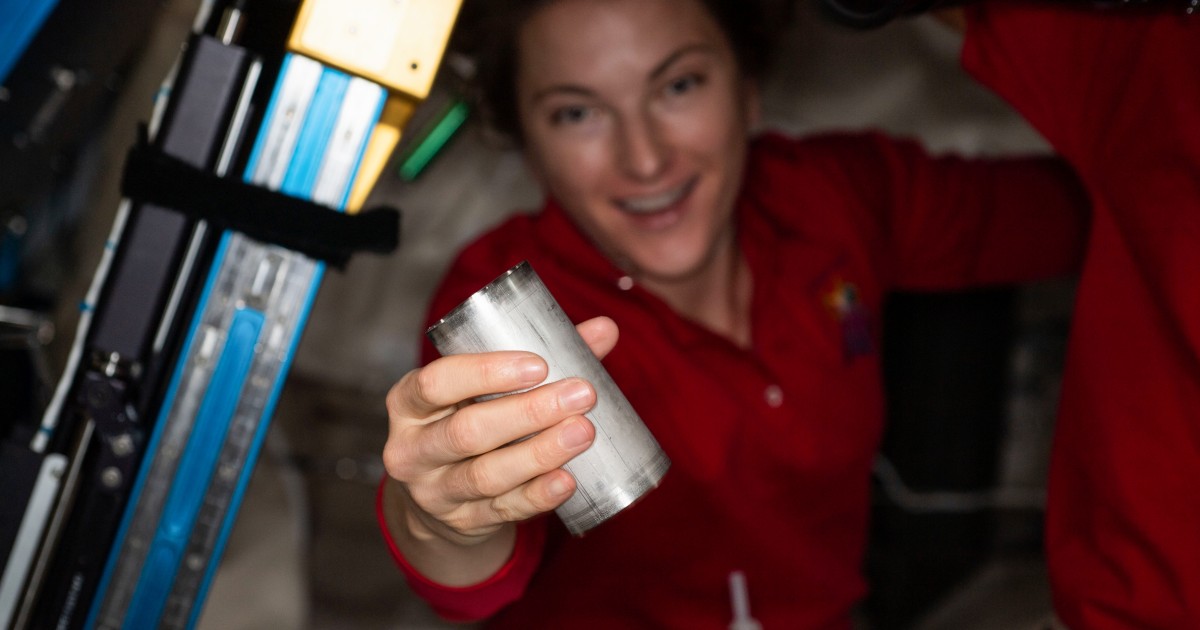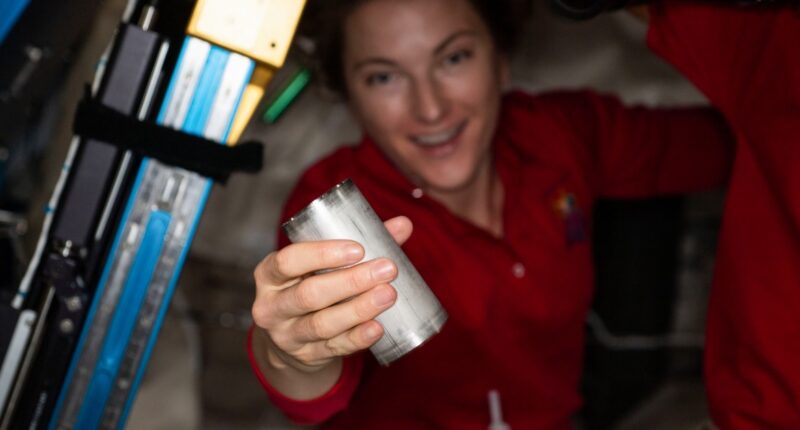
Scientists achieved a clear win on the International Space Station as they have managed to filter nearly all of the astronauts’ wastewater with a new system that distills sweat, urine, and other moisture in the cabin into clean drinking water, NASA said.
In a press release last week, NASA said that 98% of the wastewater on the space station was successfully recovered. That is a 3% to 4% percent increase than the prior system was able to achieve.
“The team acknowledges that the idea of drinking recycled urine might make some people squeamish,” NASA said. “But they stress that the end result is far superior to what municipal water systems produce on the ground.”
The new system is a multi-step process, according to NASA, where urine is first distilled through the Urine Processor Assembly. That process produces water and then some leftover “urine brine.”
A new addition, the Brine Processor Assembly, then takes that brine and puts it through a special membrane before it creates humid air by blowing warm air to evaporate the water in the brine. The humidity in the air then goes through the Water Processor Assembly, which goes through a series of filters, a catalytic reaction and iodine treatment.
Sensors check the water and reprocesses any of the liquid that doesn’t meet the purity standard.
Jill Williamson, the water subsystems manager, says this is similar to how water is processed on land but with the challenges of microgravity. Williamson emphasized that the crew is not drinking urine, they are drinking water that is even cleaner than that of Earth’s water.
“The inability of resupply during exploration means we need to be able to reclaim all the resources the crew needs on these missions,” Williams son said. “The less water and oxygen we have to ship up, the more science that can be added to the launch vehicle.”
The new system is a larger step in the evolution technology that can help sustain life in space, which could help sustain longer missions without fear of losing essential supplies.
President Joe Biden’s administration decided in 2021 that it would extend the International Space Station’s mission through 2030, an extra six years. The outpost will be decommissioned in 2031, then it will intentionally crash into the southern Pacific Ocean.
NASA released a report on its plans for the station last year, which included conducting research and using the lab to support deep-space exploration. In its report, the agency said it will bolster commercial ventures to develop new destinations in low-Earth orbit.
“We look forward to sharing our lessons learned and operations experience with the private sector to help them develop safe, reliable, and cost-effective destinations in space,” Phil McAlister, director of commercial space at NASA headquarters, said in a statement at the time.
Source: | This article originally belongs to Nbcnews.com










